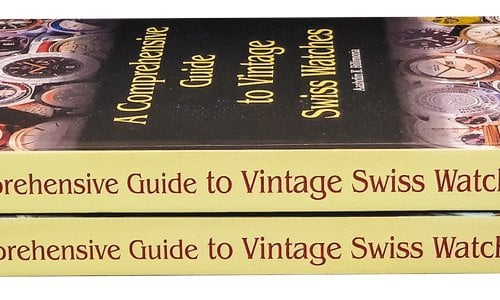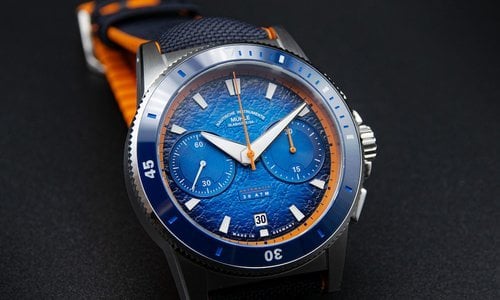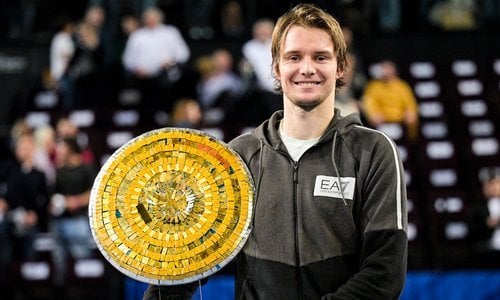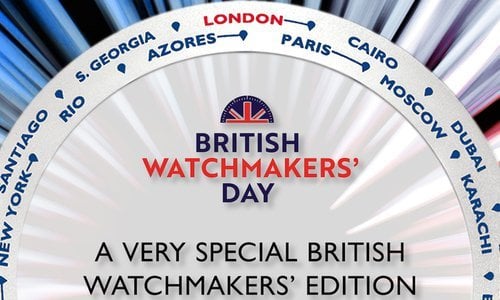After only five years in operation and three years of distribution, Ice-Watch has become a dominant force in the fashion watch segment. Last year the company sold the equivalent of seven of its colourful watches every minute, making it the number one fashion brand in numerous countries. Europa Star talked to the CEO of Ice-Watch, Jean-Pierre Lutgen, about his company’s rapid rise to the top of the tree.
Europa Star: You sold over 2 million watches by the end of 2010. How do last year’s figures compare with that?
Jean-Pierre Lutgen: We sold 4.2 million watches last year and we are now present in around 10,000 points of sale worldwide. We have grown from under 100,000 fans on Facebook to 417,000 in one year and to give you a comparison, Rolex has 398,000. In the UK we are the number one fashion watch.
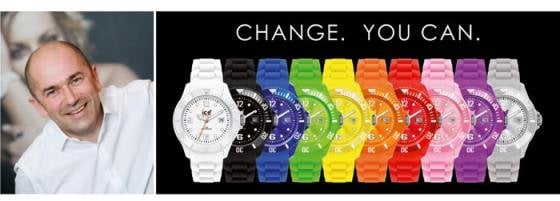 Jean-Pierre Lutgen
Jean-Pierre Lutgen
ES: You had 3,700 points of sale in 2010 so you have almost tripled this number and the brand only started in 2007. How do you explain this staggering increase?
J-P. L: We registered the brand in December 2006 and it is based on a concept that rests on two values: the first is the social value of change—associated with the fact that our pricing allows customers to change their watch frequently, creating a collector effect; the second is the functional and aesthetic value of our packaging, which gives the brand a strong identity and visibility. We also had immediate worldwide distribution thanks to a highly-motivated distribution network.
ES: And what is your forecast for 2012?
J-P. L: All the signs for this year are good because the number of watches sold per point of sale is constantly increasing. Each new point of sale takes time to get to know the brand and some of them opened during the year, so as we start our first full year with 10,000 points of sale I’m sure there is still scope for improvement. We aim to deliver between five and six million watches this year.
ES: What can we expect from Ice-Watch at BaselWorld?
J-P. L: A confirmation of our leading position in the fashion watch segment, new collections, flagship store openings, presence on airlines. In addition to the new collections we will be presenting in Basel, we will also be announcing substantial improvements in quality. Our production is moving to 10 ATM water resistance, the watches will have screw-on case backs and we will start to use polyamide instead of polycarbonate, which allows us to increase resistance but maintain a certain level of flexibility.
ES: Why the name Ice-Watch?
J-P. L: The word “ice” is a symbol of purity and transparency for us (our first watches were transparent) and “watch” is simply a generic term that distinguishes us from other products (for example you have the ICE train in Germany). We signed an agreement with the Swatch Group on 20th May 2008 confirming that we would write the name as two words to avoid any possible confusion with Swatch. But we have clear evidence that the customer does not confuse us with Swatch, or indeed any other watch brand. This is important for us because people thought that we were getting our inspiration from Swatch or even that we were trying to copy them and we were not. Also, with Belgian design, Japanese movements and Chinese assembly I think we distinguish ourselves quite clearly from our competitors.
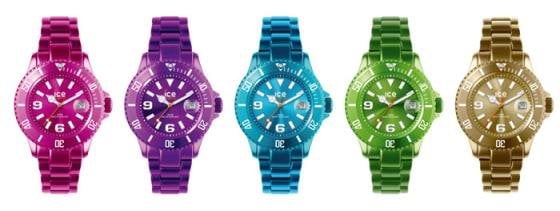
ES: Although you do not have the same concerns for your movement supply as the Swiss watchmaking industry, you do sell over 4 million watches per year, so do you have a guaranteed supply of movements?
J-P. L: We buy our movements from Miyota in Japan, so we did suffer last year because of the tsunami. In the meantime, however, we have managed to start building up a small reserve of movements.
ES: What are the main challenges in the price segment that you are operating in?
J-P. L: We are in a segment that is much more fashion-oriented so the rotation of a collection is a lot shorter than it is in high-end watchmaking, where a collection will be around for years. So we have to be extremely creative and maintain a very fast rotation of our collections – we have already launched over 400 different watch models. We set the trends in terms of different colours in order to be in phase with the seasons.
ES: With such a fast rotation in your collections, what does creation mean to you?
J-P. L: I believe that we need innovation and creation in order to survive. Innovation is the capacity to change reality and creation changes your perception of reality. We were very strong in establishing the 10 basic colours in our collection, by giving them a value and by adding a visual and functional importance to our packaging. So we provided a new perception of reality and revived the lethargic plastic watch sector.
ES: How important is price for you?
J-P. L: The large majority of our watches cost €59-€99 and we have seen that customers are very sensitive to this. If you move above this price you limit the possibilities for renewal, which is important for us.
ES: What are your most important markets?
J-P. L: Europe is the most important region for us, headed by Belgium, France and Germany, closely followed by the UK, the Netherlands and Spain. Beyond this we are present in more than 90 countries. In certain countries where we have motivated distributors we are also doing very well, for example in Colombia, Lebanon and Israel.
ES: Will you be looking to extend your distribution network in Basel?
J-P. L: There are some markets that we need to develop, such as the USA, Russia, China and India, which are top priorities for us for the future.
Source: Europa Star April - May 2012 Magazine Issue

